1. Raggedy Ann’s Moral Adventures Books
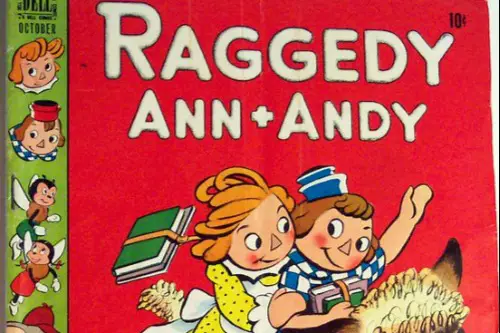
While Raggedy Ann dolls have been around since 1915, in the 1920s and 30s they starred in books with heavy-handed moral lessons. Stories often involved Ann and her friends helping others, forgiving wrongdoers, and resisting temptation. On paper, great morals — in practice, the plots sometimes got so strange that the “lesson” was unclear. In one, Ann lets a thief keep stolen candy because “maybe he needed it more,” which left kids confused about theft.
The series sometimes prioritized sentiment over clarity, making moral lines fuzzy. Children came away unsure if they should follow rules or just be “nice” no matter what. For a doll meant to be a moral compass, Raggedy Ann occasionally drifted off course. Modern readings make it clear that empathy was the focus, but the lack of boundaries made for muddled takeaways.
2. Barbie’s “We Can Do Anything” Career Playsets
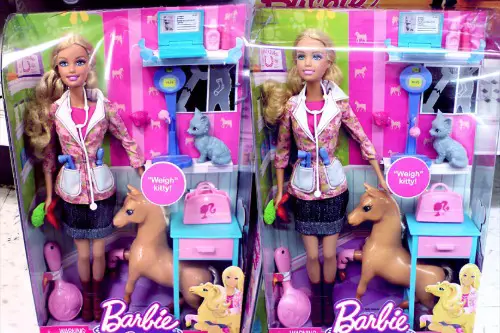
Mattel had noble intentions with Barbie’s endless career outfits — Astronaut Barbie, Doctor Barbie, News Anchor Barbie — to show girls they could be anything. The subtle moral lesson was about ambition, perseverance, and breaking gender roles. But the execution sometimes sent mixed signals. In one notorious 1992 set, Barbie came with a pink power suit and a tiny scale that read “110 lbs,” which undermined the whole empowering message.
Girls were supposed to dream big while also being reminded of unrealistic beauty standards. The accessories often prioritized fashion over the job itself, making the careers look more like costumes than actual skills. A “Veterinarian Barbie” with spotless heels and no practical tools didn’t exactly scream realism. So while the moral was “work hard and follow your dreams,” the fine print seemed to be “and always look perfect while doing it.”
3. Moral Tales View-Master Reels
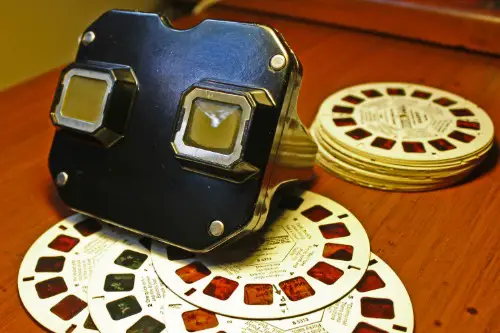
View-Master reels in the 1960s and 70s sometimes included adaptations of fables like “The Boy Who Cried Wolf” or “The Ant and the Grasshopper.” The goal was to slip moral lessons into a cool 3D viewing experience. But the static, staged figurine scenes often made the stories incomprehensible without the accompanying booklet — which kids usually lost immediately. That left them flipping through disconnected images of animals, unsure who was lying or why the wolf looked so pleased.
Without context, the reels could be interpreted in bizarre ways. Some children thought the ant was a villain for hoarding food, or that the wolf was a misunderstood hero. Teachers loved the concept, but the “lesson” usually boiled down to “don’t lose the booklet.” In the end, the only consistent message was that the View-Master was more fun for zoo scenes than morals.
4. Little Virtues Board Game
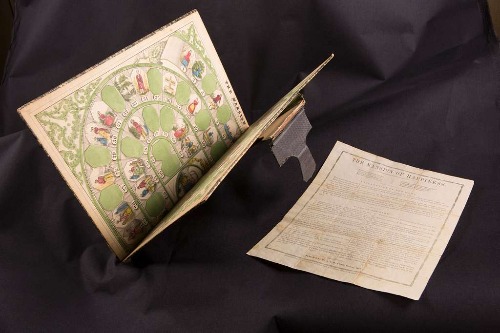
Released in the early 1980s by a small Christian publisher, this game had kids “earn” virtues like Honesty, Patience, and Kindness by landing on the right spaces. The mechanics were a lot like Candy Land, except instead of gumdrops you were chasing after moral character. The problem? Nobody explained the virtues well enough for a six-year-old to understand why Patience was better than Winning.
Kids quickly figured out that it was more fun to sabotage your friends’ progress than to “earn” another turn in the name of Humility. The rules also let players “steal” virtues from others, which was a wild moral contradiction. By the end of most rounds, everyone’s “virtue collection” looked more like a pile of stolen goods than a moral victory. Parents loved the idea; kids just learned that honesty was overrated if you could get away with cheating.
5. The Fisher-Price Changeable Picture Disk Camera
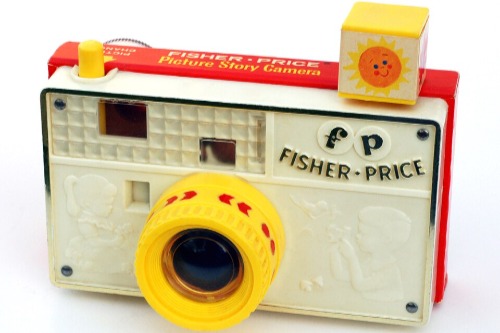
In the late 1970s, Fisher-Price sold a toy camera with slide disks you could swap out to show different wholesome scenes, like families helping each other or kids sharing. The idea was to sneak in gentle moral lessons while kids played pretend photographer. Unfortunately, the “stories” in the disks were so vague that children just made up their own — and often went way off script. Many parents reported that their kids thought the pictures were from a “crime scene” or “zombie movie,” which wasn’t quite the intended takeaway.
The toy didn’t actually explain why sharing was good, it just showed two smiling kids with a ball and expected toddlers to connect the dots. For a generation raised on Sesame Street, this felt weirdly underwhelming. The moral messaging got lost in the “click and flash” fun, so most kids remembered it as “that camera toy” rather than a life lesson in disguise. The only real lasting lesson was that fake cameras make an oddly satisfying noise.
6. The Happy Helper Doll
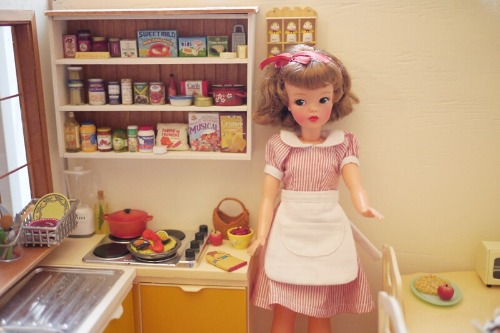
Sold in the 1950s, the Happy Helper Doll came with a broom, apron, and tiny pretend dishes. The intended moral lesson was about the value of helping at home and keeping things tidy. But in practice, it unintentionally reinforced outdated gender roles — especially since all marketing showed only little girls playing with it. Boys were actively discouraged from “helping,” which created a very lopsided definition of responsibility.
Some parents at the time did question why “helping” was gendered, but the toy persisted for years. By the 1970s, it felt like a relic of another era, with second-wave feminists calling it out directly. Modern collectors see it as a fascinating snapshot of mid-century moral messaging. Ironically, the biggest lesson it taught was that social norms can age very poorly.
7. Captain Planet Action Figures
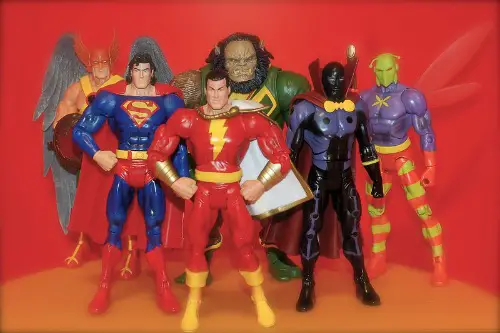
In the early 1990s, the Captain Planet cartoon tried to instill environmental responsibility. Naturally, the toy line followed, letting kids collect the Planeteers and their eco-friendly gadgets. The problem was that most of the toys were made of non-recyclable plastic and packaged in layers of cardboard and shrink wrap. That small contradiction wasn’t lost on observant kids.
Some children even pointed out that the “toxic villains” were the most fun to play with. The lesson about working together to “take pollution down to zero” often got overshadowed by making the bad guys win in pretend battles. The toys also lacked any real-world environmental activities — no recycling bins, no plantable seeds, nothing hands-on. So while the cartoon might have inspired activism, the toys mostly inspired epic living-room showdowns.
8. Big Bill Safety Club Kit
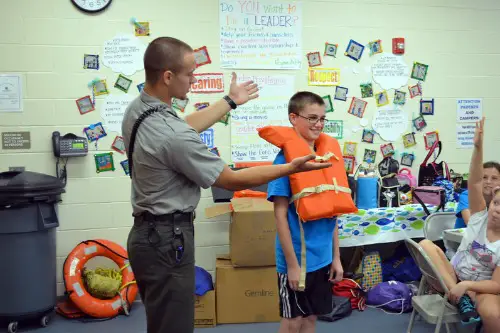
In the 1970s, some American police departments handed out “Big Bill” safety kits with coloring books, stickers, and plastic badges. Big Bill was a friendly cartoon cop who taught kids to obey rules, trust officers, and stay out of trouble. Unfortunately, the scenarios in the coloring book were oddly specific — like “don’t hide in refrigerators” or “never accept candy from a clown without a badge.” They left kids more baffled than informed.
Parents liked the idea, but the rules often came with no explanation. Why shouldn’t you hide in a fridge? (Answer: you could get trapped, but the book didn’t say that.) Without context, some kids thought the safest thing was to never open a fridge at all. The moral “listen to authority for your own good” got lost under a pile of surreal instructions.
9. Mr. Yuck Stickers
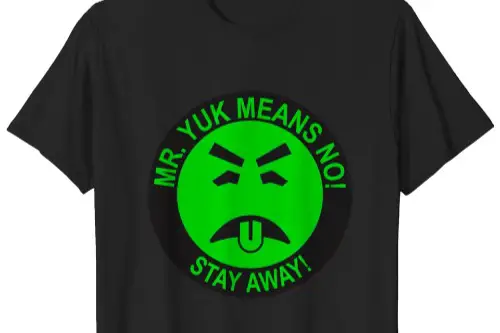
In the 1970s, the Mr. Yuck campaign tried to teach kids not to drink household poisons by slapping a neon green frowning face on toxic products. The character’s angry glare was supposed to be universally understood as “bad.” In reality, children were sometimes intrigued by the cartoonish design, and in some cases even thought it meant “special” or “fun.” That’s right — the literal poison warning became a dare.
Health officials later admitted the symbol wasn’t universally understood without an adult explaining it, which sort of defeated the whole point. Some toddlers even tried to collect Mr. Yuck stickers, peeling them off bleach bottles like trading cards. The campaign is still remembered today — mostly as an example of how kids will completely misinterpret visual cues if they’re too playful. In the end, it arguably made poison look more interesting, not less.
10. Cabbage Patch Kids “Adoption” Papers
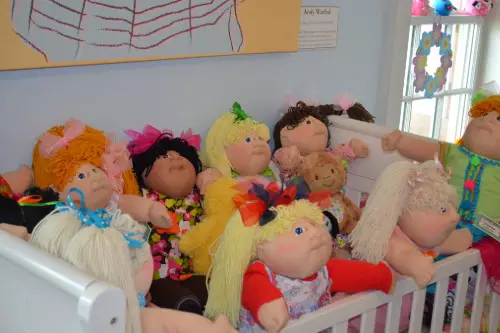
In the 1980s, Cabbage Patch Kids came with official “adoption” certificates and oaths about loving and caring for your new doll. The moral angle was about responsibility and compassion. But some kids — especially younger ones — took the adoption part very literally and panicked about losing or damaging their doll. There were even stories of children worrying they could be “reported” if they didn’t take care of it.
The adoption papers added a strange layer of guilt to a toy that was supposed to be pure fun. Parents had to reassure kids that no actual agency was keeping tabs on their doll parenting skills. For many, the moral got tangled up in anxiety about breaking the “promise.” At least the paperwork made for an unusual keepsake years later.
11. My Book About Me by Dr. Seuss
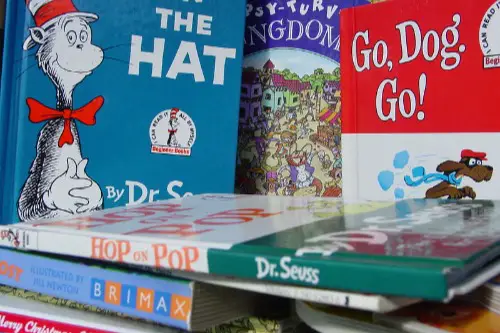
This interactive book from 1969 had kids fill in blanks about their lives, likes, and habits. The idea was to promote self-awareness and pride in individuality. But some sections asked strangely specific questions, like “How many doors are in your house?” or “How many steps to your nearest mailbox?” Kids dutifully counted, not realizing the point was to think about their environment in a bigger sense.
The “moral” — that you are unique and your story matters — often got buried under trivia. Some children focused so hard on exact numbers that it became a weird data-gathering project. In the end, the book was memorable and fun, but the intended life lesson felt like an afterthought. Still, it gave a generation some oddly specific childhood statistics.
12. The Safe Kidnapping Kit

In the late 1980s, a few safety-conscious toy companies sold “child safety role-play kits” to teach kids what to do if approached by strangers. The kits included masks, rope, and scripted scenarios where one player pretended to be a kidnapper. While meant to instill awareness, the whole thing ended up feeling more like a crime reenactment game than a safety drill. Kids often remembered the “pretend kidnapping” part more vividly than the “how to escape” part.
Critics pointed out that the scenarios could actually give kids ideas they hadn’t considered before. And without adult supervision, some children used the kit to prank siblings or neighbors. The moral — stay safe and avoid strangers — got warped into “play bandit” afternoons. Unsurprisingly, these kits quietly vanished from store shelves.
This post 12 Toys That Were Designed to Teach Morals but Just Confused Everyone was first published on American Charm.


